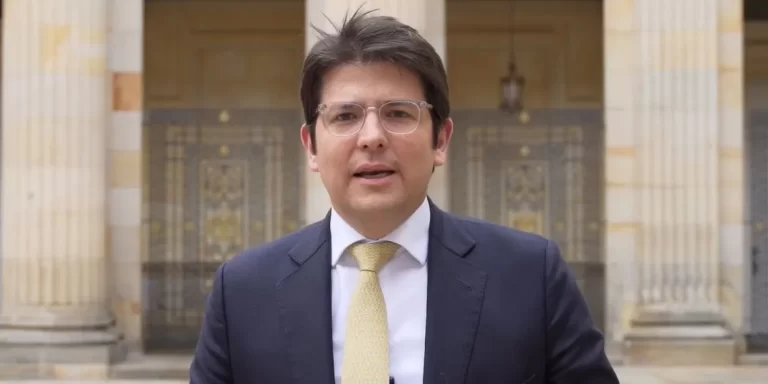[ad_1]
HOUSTON (Reuters) – Phil Drager commanded a fleet of rescue boats, closed a highway, and flagged down a helicopter when he led efforts to rescue flood victims in Texas as waters rose after Hurricane Harvey, citing as his credentials a record in U.S. military special operations.
His actions as a volunteer were real, but some of what he told victims, volunteers and officials about himself – including his name and the details of his military background – was not.
Drager was born Phil Jason Haberman but said he uses an assumed name for personal reasons. He served in the Marines from 1990 to 1991, according to military records. He also served for a year and a half in the Army National Guard where he was discharged in 2006 under “other than honorable conditions,” a National Guard spokesman said.
Drager told Reuters the records were “not accurate.” He later said additional paperwork filed in Florida showed his National Guard discharge was overturned to become honorable. The National Guard spokesman said he was unable to find those records.
After initially saying he could not retrieve information he had at home relevant to Reuters’ comment request because he was traveling, Drager sent copies of records showing he joined the Army Reserves and was assigned to active duty in Georgia in April 2008 for a term that expired a year later. Multiple military representatives did not immediately respond to requests to verify the records.
There is no evidence Drager acted illegally.
However, one official overseeing Texas rescue operations said his representations put him in a role typically reserved for vetted authorities. An Orange County, Texas, emergency response center banned him after finding out his real identity, according to the center’s commander, Rodney Smith, the deputy chief of the Cedar Hill, Texas, Fire Department.
“Early on in an incident, before credentialing is set up, there are a lot of people who come in to assist,” Smith said. “As quick as you can get something up to make sure everyone’s who they say they are, you have to do that.”
Disasters often draw heroes. Hundreds of people flocked to coastal Texas with boats and supplies in late August after Hurricane Harvey, and others will head to Florida after Hurricane Irma.
‘PARATROOPER’
On the morning of Aug. 31, Drager, in his capacity as a volunteer, led a Reuters reporter into the Orange County rescue operations center and entered a restricted area for senior officials only.
The reporter had seen him arrive in a BMW station wagon whose license plate read “paratrooper,” and asked if he was one.
“I was so much more than that,” Drager responded.
After introducing himself to authorities, Drager took charge of a dozen volunteers with boats. He led them in a convoy along Interstate 10 to where flooding covered the road and cars and trucks were gliding single-file through the water.
He then persuaded two Texas Highway Patrol officers to halt all traffic to let the rescuers launch.
“Now I can add shutting a major Interstate highway to my resume,” he said.
The Texas Highway Patrol did not comment when asked if it would have closed the highway had it known Drager’s real background.
Drager then selected an airboat piloted by Rocky Breaux, a volunteer from Louisiana, to go scouting for people to rescue. He took the reporter and a photographer with him.
Some volunteers said they were unhappy to be idle waiting on dry land for orders that Drager said he would give them. Over a walkie-talkie they began to call Drager “Hollywood Phil” and to complain he was mainly interested in media attention.
During his rescue work on Aug. 31, Drager shot videos which captured the closed-down highway, lined-up boats and men in his command, and a couple he helped leave their flooded home. He posted the videos on a Facebook page.
During their scouting trip, Drager helped persuade the couple, Kent and Hersey Kirk, to leave and get onto another rescuer’s boat. That boat struck something hidden below the muddy water, and Hersey Kirk injured her elbow and foot.
Drager then flagged down a helicopter manned by the Utah National Guard. A guardsman lowered himself on a tether to raise the Kirks. He came down again and talked with Drager before pulling him up too.
“When I was on the ground with him … he said something like he’s an ex-special forces soldier,” said Sergeant 1st Class Zach Kesler, who was on the helicopter’s tether.
“Phil just wanted to take a ride in a helicopter,” Breaux said.
In an interview with Reuters, Drager denied having misrepresented himself and said he was motivated by nothing more than a desire to help.
He said it was “a shame that someone who does good things… always ends up on the bad end of things.”
Editing by Richard Valdmanis and Howard Goller
[ad_2]
Source link






Leave a Reply